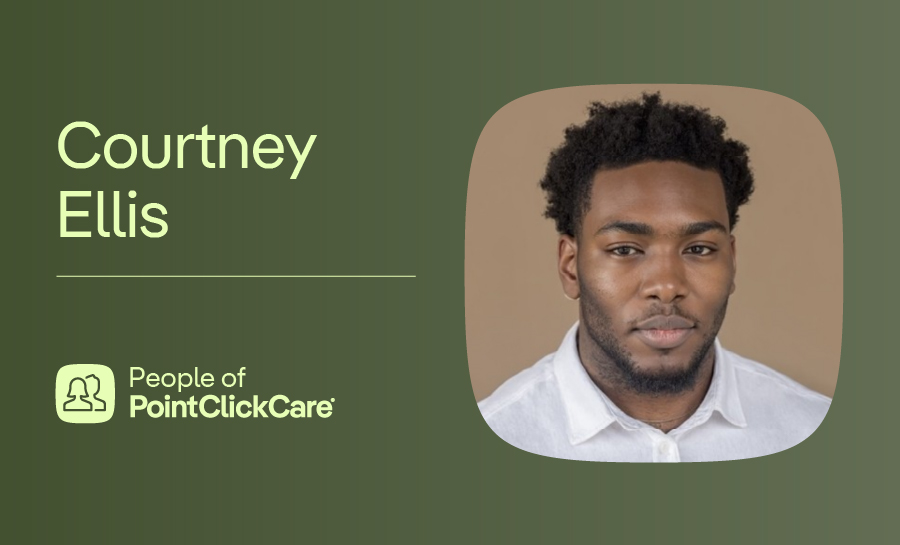Standardization helps improve productivity, quality, and morale by combining procedures used to complete the same process. It is goal-driven and structured change management. However, change can only happen when everyone involved understands and supports the need for standardization.
Standardized processes bring clarity to organizations, by eliminating the guesswork. With a standard process in place, the bar has been set. As a result, staff know what needs to be done, and management can more easily identify and correct gaps.
Connection to Quality
Value-based care is here to stay, but skilled nursing facilities are not receiving any additional funding to improve quality and care. The industry is continually expected to do more with less. With limited resources, staffing challenges, and constant regulatory changes, it’s becoming increasingly difficult to manage quality improvement. That’s why standardization is more important than ever.
System Components and Standardizing Your Processes
The components of a system – people, processes, and tools – can produce great things when they work together. Processes are the way work gets done, tools are anything that assist the process or the people to accomplish their tasks, and the people component involves the staff who perform processes with available tools. An established system makes it easier to introduce changes since it offers organization as a base. However, it’s important to consider potential impacts that may disrupt the system when a single component is changed.
Under PDPM, assessments have been reduced to one payment assessment, making it more important to obtain a complete picture of the resident before the end of day 8. There are four key steps to ensure you successfully standardize your processes:
1. Use Pre-admission Screening to Collect Data
During pre-admission, you should try to collect as much data as possible about the resident. Some things to consider include determining how and when to get the information you need and making sure you have collected enough data to make an appropriate admission decision. You should also update the required policy and procedures with any changes.
2. Implement Interview Tools to Gain Better Insights from Families and Caregivers
The transfer record might not be enough to get the whole non-therapy ancillary picture. Consider connecting with other sources of information via electronic communication, telephone or in person. You should also keep in mind how the new tools will be integrated into existing systems and how you will train your staff on the new tools.
3. Ensure that Processes for Selecting the Most Appropriate Primary Diagnosis are in Place
Once these processes are in place, it’s important to make sure that the interdisciplinary team (PT/OT/SLP/Nursing and Medicine) understands the process. You may need to revise the current process to meet the team’s requirements:
- Determine who will decide the primary diagnosis and how they will make that decision
- Look at how this decision will optimize reimbursement across the disciplines so that revenue targets are achievable
- Decide how communication might need to change to ensure interdisciplinary alignment
4. Perform Process Mapping
This step enables clarity and ensures that the collection process is effective. It should be organized by the defined phases of data collection: pre-admission, admission, MDS completion and primary diagnosis identification.
Standardizing Your Tools
PDPM took effect on October 1, but it certainly doesn’t end there. It’s critical to continually evaluate the impact of PDPM and improve your processes, eventually retiring RUGs III and IV.
Your technology should be more than just a system of record, it must be a system of intelligence, transforming data in useful insights, helping to improve processes across your organization. This will lead to better outcomes and reduced administrative overhead.
Standardizing Your People
Timing is an important factor as you look at the “people” component of your system. To achieve your goals, you must take the time to understand what changes should be made now versus later, and who needs to be trained.
Your staff members and caregivers must understand PDPM and why it’s necessary to make changes to some processes. You will need to train them on these changes, so you must factor that into your time and budget considerations.
For each new process to success, it’s important to establish both measurement criteria and data collection points. Keep specific benchmarks in mind when measuring your success, including what you are measuring, how long you will measure, and what you will do with those results.
Check out our how-to guide, The Need for Standardization: PDPM & Beyond, to learn more about how you can build a culture of continuous improvement in your organization!







